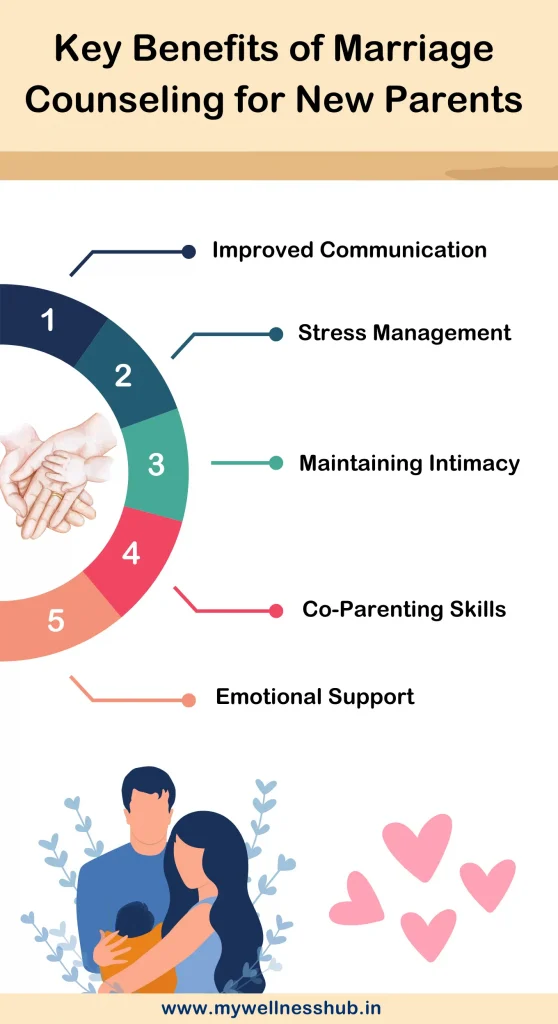Aim Point Counseling - The Facts
Aim Point Counseling - The Facts
Blog Article
What Does Aim Point Counseling Do?
Table of ContentsHow Aim Point Counseling can Save You Time, Stress, and Money.Aim Point Counseling Things To Know Before You Get ThisAim Point Counseling for Beginners6 Simple Techniques For Aim Point CounselingGet This Report about Aim Point Counseling4 Simple Techniques For Aim Point Counseling
The longitudinal design includes a pre-treatment study and two follow-up studies at 3- and 12-months post-intervention. The study is embeded in eight Relationships Australia Victoria centres, throughout urban, outer suburban areas, and regional/rural websites. Relationships Australia, a non-government organisation, is the biggest provider of couple therapy and relationship services in Australia.
In Australia, the average length of marital relationship before separation is 8.8 years, and about fifty percent of all separations include couples with children [1] These high prices of partnership failure have actually been regularly connected with unfavorable health repercussions for both adults and children following divorce/separation. These include seclusion from support networks, and lowered revenue and requirement of living for both adults and children [3], dilemmas of commitment over kids for men, and depression and loss of identification for ladies [4,5]
The smart Trick of Aim Point Counseling That Nobody is Discussing
Longitudinal studies likewise suggest that kids of divorce have a higher incidence of mental conditions, alcohol and drug use, and risky sex-related behaviour [7] Although the impacts of separation and splitting up can be detrimental, research indicates that high partnership disharmony in undamaged couples is additionally most likely to have negative outcomes.
Research to date has determined both couple and private elements that might add to connection disharmony. These consist of partnership complete satisfaction and commitment at the pair degree, and anxiety at the specific degree.
The 20-Second Trick For Aim Point Counseling
While a lot of studies suggest improvements in partnership satisfaction following pair therapy, they are limited by the examples and procedures utilized, mostly temporary follow-up time structures, and analyses that do not account for the dyadic nature of pair information., is another commonly examined partnership result.
To sum up, research suggests that couple-specific variables along with individual aspects might forecast the results of pair therapy and relationship solutions. The causal direction of these relationships, however, is less clear. These observations are essential, considering that, to warrant and lead the application of partnership services such as pair therapy, empirical evidence must explore both the end results of relationship services and the elements that predict effective treatment.
, at least in some European nations.

We presently know little concerning the profiles of couples who look for out connection education contrasted with those that look for relationship therapy, or the outcomes of these programs. Anecdotal proof suggests that there might be substantial distress amongst at least some pairs looking for connection education and learning.
Unknown Facts About Aim Point Counseling
Feedback includes participants finishing surveys regarding their connection (e.g. steps of interpersonal issues), and receiving information on what their ratings suggest. Cognitive-behavioural techniques promote transforming cognitions to promote favorable relationships.
These effects have persisted for approximately 4 years in some research studies [47] These meta-analyses highlight constraints in the existing literary works on connection education and learning. Particularly, most of researches involved pairs from top socio-economic histories that were not experiencing high partnership dissonance [47,48] This sample profile may not represent customers who normally over here offer for connection education.
Top Guidelines Of Aim Point Counseling

Very little research study has actually checked out the comparative benefits of pair counselling and partnership education and learning programs. As customers are likely to self-select into these service types, it is not clear whether characteristic relationship distress profiles present to each solution type, or undoubtedly whether there is a communication between offering account, service kind and result.
(https://fliphtml5.com/homepage/vwpzy/aim-point-counseling/)
Therefore, we have consisted of a 12-month follow-up to gauge longer-term fads and effects. The research study uses a variety of standardized end result actions since some prior examinations have actually been criticised for their lack of standardised analysis [50] Ultimately, using analytical evaluations that assume freedom of data, such as t-tests, or ANOVAs, has prevailed in previous studies [ 44,49]
We propose to utilise multi-level analytical modelling procedures that manage for the inter-dependence of couple information to assess any treatment results. The particular purposes of the ECC research are to: 1. Map profiles of clients looking for neighborhood agency-based couple coaching vs. partnership enhancement programs in terms of socio-demographic and partnership signs (such as relationship complete satisfaction, connection commitment, social issues, and reasons for attending), as well as health (such as depression, basic well-being) and wellness service use (eg.
2. Figure out whether couple therapy and relationship education and learning services enhance three- and twelve-month outcomes for connection satisfaction, commitment, and clinical depression, making use of analytical analyses ideal to combine data. 3. Establish the family member payments of customer elements (private and couple) and therapy/education variables to results at 3- and 12-months, and to sustainability of results in time.
About Aim Point Counseling
Multi-level modelling to identify pre-post differences, controlling for dyadic (couple) degree. To add to the literary works analyzing the effectiveness of community-based couple therapy. The outcomes will assist scientific decision-making in community-based partnership solution setups, and professional training. 3. To identify the family member payments of client/couple and treatment elements to end results at 3- and 12-months, and to sustainability of end results with time.
Report this page